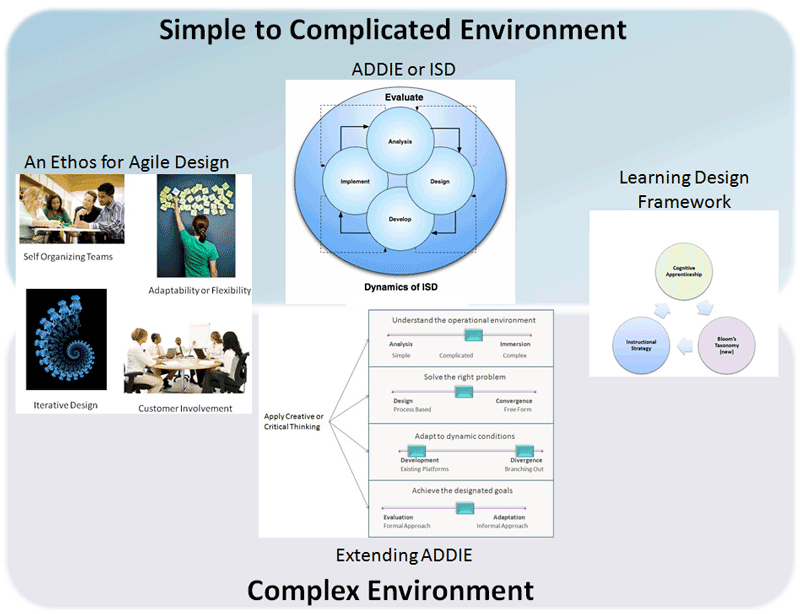Correspondence Schools
Learning by correspondence is mainly known as a method of instruction conducted through the mail by a school or other qualified institution. If one is learning over the internet, the terms eLearning or Distance Learning are normally used.
In 1883, the first correspondence program in the United States to gain academic respectability through recognition as a valid educational program was the Chautauqua Institute, which trained Sunday school teachers. In 1891, the International Correspondence Schools (ICS) grew from the Colliery Engineer School of Mines. ICS initially used correspondence to train miners, railroad, and iron workers.
Correspondence education developed in the mid-19th century in Great Britain, France, Germany, and the United States, and spread rapidly. In 1840, the English educator Sir Isaac Pitman taught shorthand by mail. The university extension movement grew out of off-campus lectures given by the Scottish educator James Stuart of the University of Cambridge, England.
Many educators consider correspondence education the precursor of distance education, which is instruction that uses different communication technologies such as the internet, telephones, radio, or television. Correspondence education provided instruction in almost every branch of knowledge, for cultural improvement and for vocational and professional training; however it is now rapidly phasing out due to the popularity of learning over the internet via elearning or Distance Learning.



